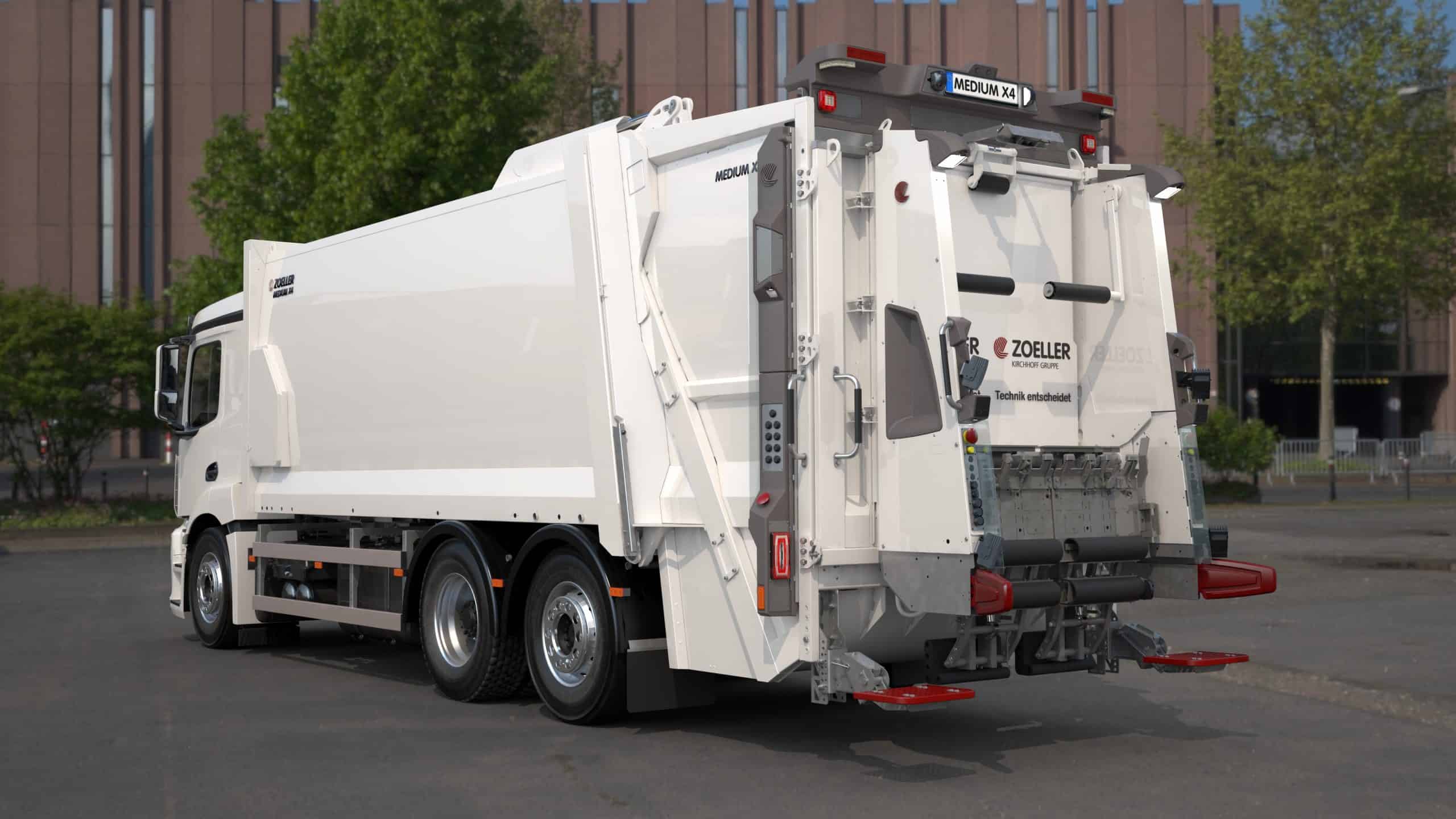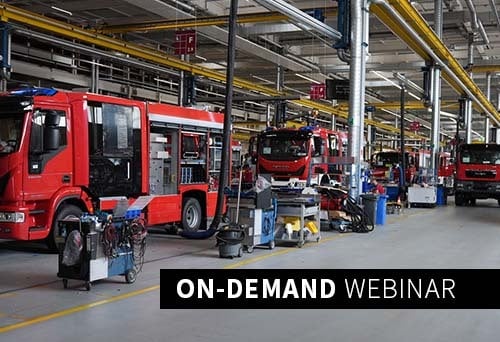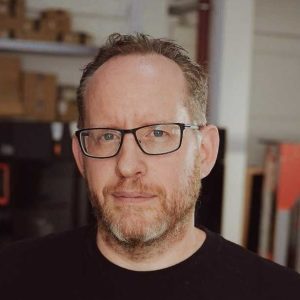Do you make a highly specific product that you adapt to each customer’s needs and requirements? This usually involves long iteration cycles that cost both time and money. Learn how the ZOELLER group now takes just days rather than weeks to develop and optimize its custom-made components.
What are the challenges of manufacturing customer-specific vehicles?
With its 2,500 employees, the ZOELLER group develops and manufactures waste collection vehicles, with a special focus on the necessary lifter systems. Its products are used around the world, so they have to meet a wide range of requirements. As well as handling different types of bins, they have to comply with country-specific legal regulations that call for different safety and protection equipment. Dr. Bojan Ferhadbegović, Head of Engineering and Design at ZOELLER, said: “These machines are used around the world. They don’t just have to be fast, they also have to be highly reliable.”
The resulting customer demands call for constant adaptation. Control elements need to be installed in covers and housings, lamps need to be positioned correctly, and numerous sensors for process monitoring need to be integrated. The product development process is a long one, because solutions need to be developed, checked for suitability and optimized. In the past, such components had to be laboriously formed from steel sheets and then discussed with the customer once complete. As well as taking a long time to develop, these prototypes were also rather limited in terms of complexity, precision and material properties. And some requested features were impossible to provide through this process. As a result, it was necessary to create the first near-series component to get a real feel for the object’s geometry and haptics.
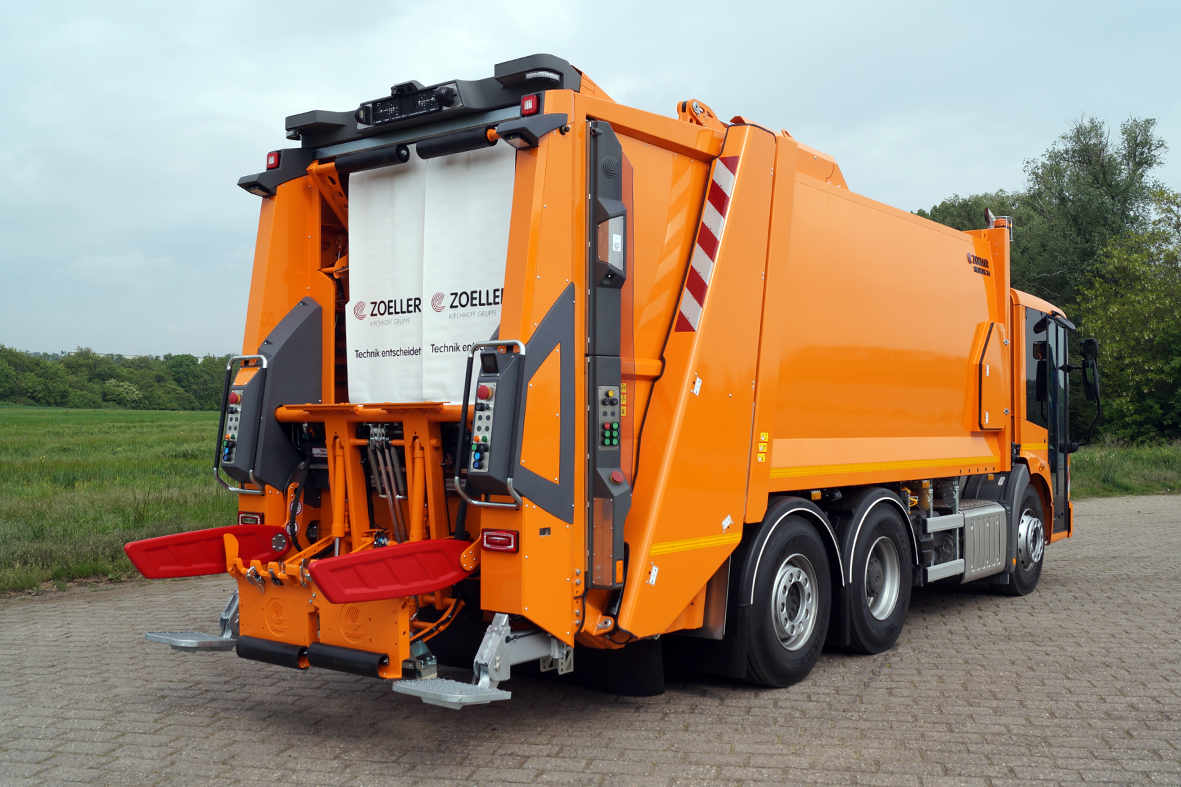
How can 3D printing resolve these problems?
Several years ago, ZOELLER decided to tackle this issue and started to move away from traditional production methods and 3D print such prototypes instead. The company benefited from this decision in many different ways. It now takes just a few days, not weeks, to turn a design into a tangible object. Design departments, production departments and customers can coordinate more quickly, which produces significantly shorter iteration cycles. Change requests are quickly incorporated in the design, and the modified part can be examined just a few days later. Printed prototypes are also easy to install in vehicles, so they can be tested in real-world conditions. Marco Neuchel, Head of Development at Zoeller, says: “The great thing about parts being available so quickly is that we can try them out immediately in field tests and with our product. That means we can test the parts within a few days and then get feedback quickly.”
As well as speeding up development, 3D printing has considerably expanded options in terms of geometry and materials. ZOELLER can now, for example, include surfaces and structures that could not be created by the traditional process. And the huge range of available filaments means that even the initial prototypes are extremely similar to the parts produced later in series, especially in terms of appearance and the behavior of the material. Using ASA, for example, makes it possible to print objects whose stiffness and haptics are similar to those of the serial parts ultimately produced by means of rotational casting.
Dr. Ferhadbegović: “Our customers have very specific requirements. So we need to produce highly specific parts incredibly quickly on request – and 3D printing is the perfect tool!”
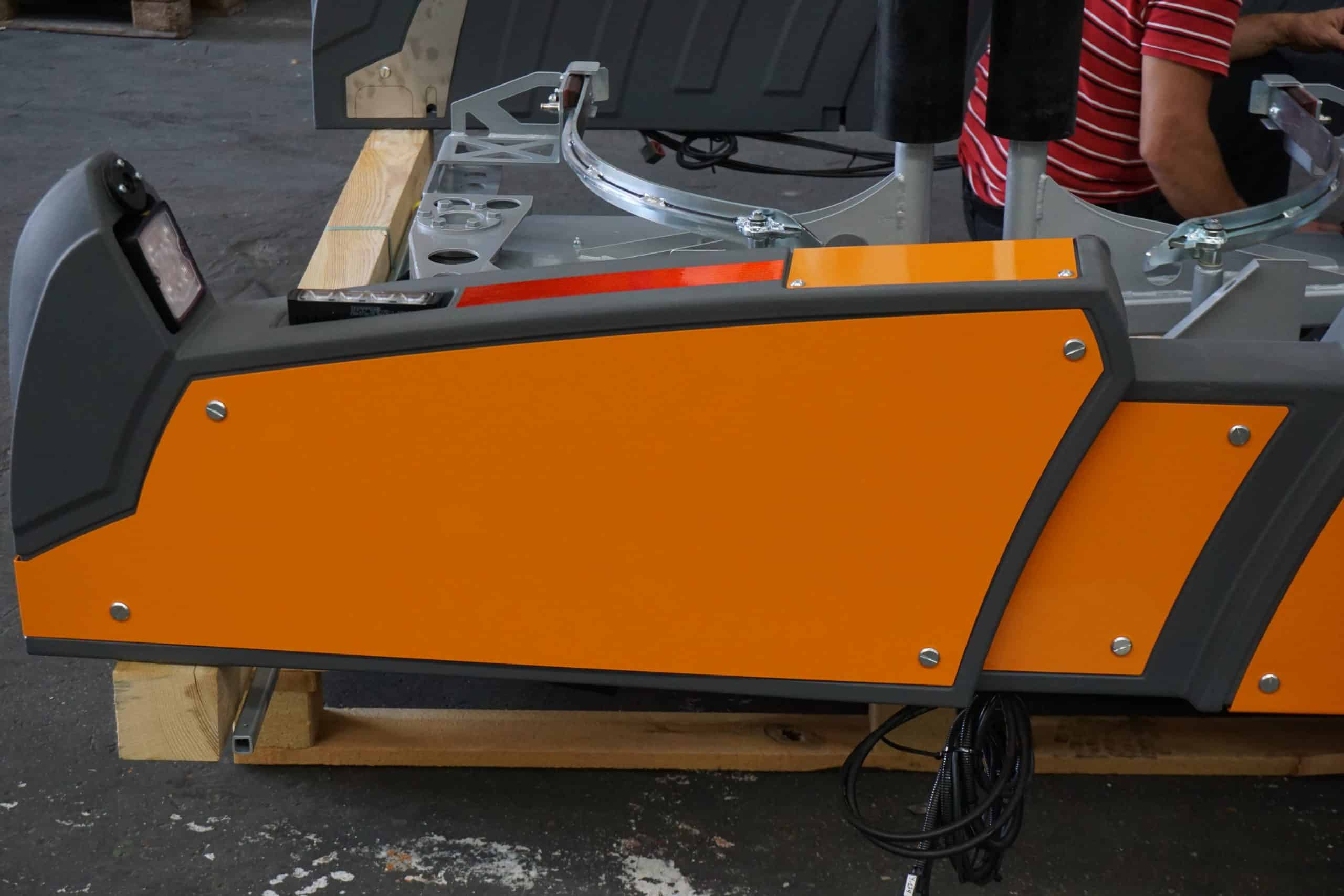
How did 3D printing evolve at ZOELLER?
In the beginning, ZOELLER had 3D printed parts made by external service providers. To become less reliant on suppliers and also save time and money, ZOELLER bought a BigRep ONE in July 2019. After a short training period, it was soon possible to successfully print a range of different objects, and so the numbers of printed parts swelled quickly. The ONE was soon upgraded to tandem mode, so that parts could be printed at the same time in order to further speed up production.
Two years after purchasing its first ONE, the company decided to expand its printing capacities by buying a BigRep PRO. This allowed ZOELLER to print more than twice as fast as before, and with improved precision. The BigRep PRO is fully enclosed for improved temperature management; it can also process an even wider range of diverse materials, and thus has even more applications.
Nowadays, ZOELLER prints not just prototypes, but also production equipment. Quantities range from 2 to 2,000 units, depending on the component. A 1 cubic meter build volume allows large parts to be printed in one piece, so there is no need for bonding. Alternatively, the large printing surface can be used to produce larger numbers of multiple small objects sequentially. ZOELLER now plans to print end-use parts in small runs in the near future. Some parts are reworked, e.g. primed and painted, and then subjected to weathering tests to examine their suitability for use in all weathers.
What experiences has ZOELLER had with 3D printing and its BigRep printers?
It was not difficult for ZOELLER employees to familiarize themselves with 3D printing. They were quickly able to learn what they needed to know, and the printers were integrated smoothly into existing production processes. This is partly due to the construction and design of the BigRep PRO and the BigRep ONE, and partly to the support provided by BigRep customer service. Marco Neuchel: “The BigRep PRO has been running for more than 300 hours now, and we have not encountered any problems so far. It is a really well-designed machine! And whenever we have a question about the printers or the printing process, we can get help on the phone or via email. We are completely satisfied with BigRep!”
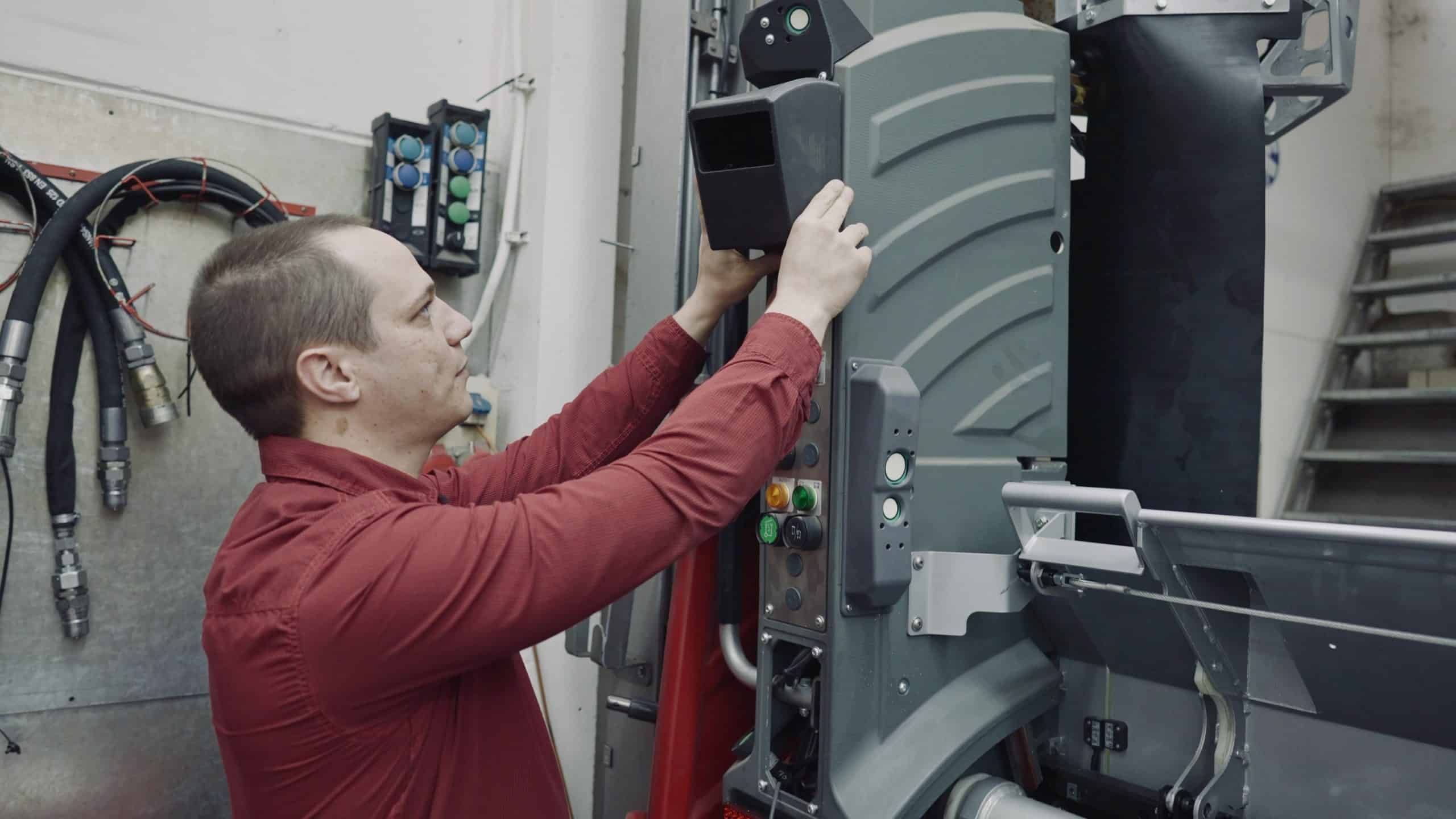
3D printing has taken root quickly at ZOELLER, and is now an integral part of the production chain. So it’s hardly surprising that Dr. Ferhadbegović is very pleased: “3D printing has become an integral part of our development process. 3D printing is definitely the future for us!”
Want to Learn More About How 3D Printing Speeds Up Commercial Vehicle Manufacturing?
Commercial vehicles like refuse collection trucks and fire engines place high demands on their components. Learn how large-format 3D printers give companies the flexibility and versatility to iterate fast, produce faster, and get to market faster, all while reacting to challenging customer requirements on short notice. Don't miss out, watch the webinar now:
HOW 3D PRINTING IS HELPING IMPROVE TIME TO MARKET AND ENABLING CUSTOMIZATION OF COMMERCIAL VEHICLES.
INDUSTRIAL QUALITY MEETS COST EFFICIENCY.
COMPLEX PARTS IN LARGE SCALE.
The BigRep PRO is a 1 m³ powerhouse 3D printer, built to take you from prototyping to production. It provides a highly scalable solution to manufacture end-use parts, factory tooling or more with high-performance, engineering-grade materials. Compared with other manufacturing and FFF printing solutions, the PRO can produce full-scale, accurate parts faster and at lower production costs.
INDUSTRIAL QUALITY MEETS COST EFFICIENCY.
COMPLEX PARTS IN LARGE SCALE.
The BigRep PRO is a 1 m³ powerhouse 3D printer, built to take you from prototyping to production. It provides a highly scalable solution to manufacture end-use parts, factory tooling or more with high-performance, engineering-grade materials. Compared with other manufacturing and FFF printing solutions, the PRO can produce full-scale, accurate parts faster and at lower production costs.
